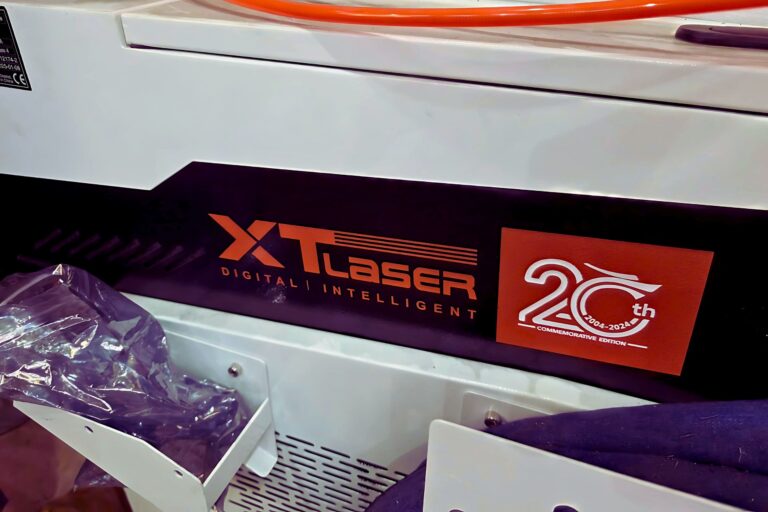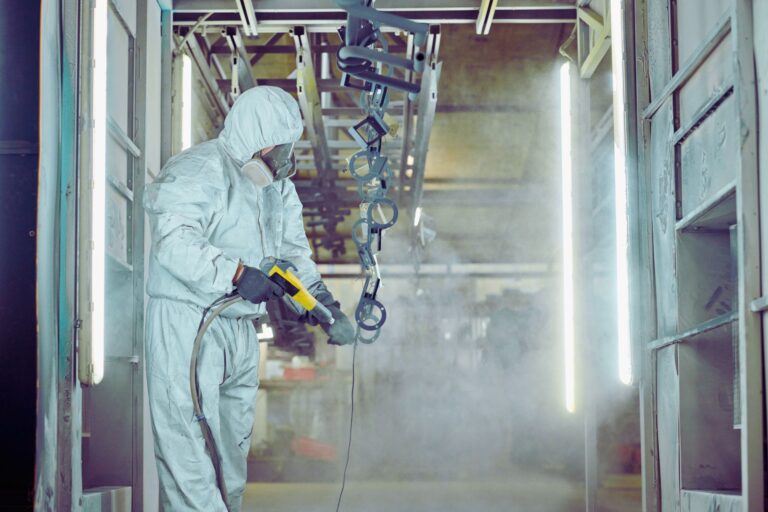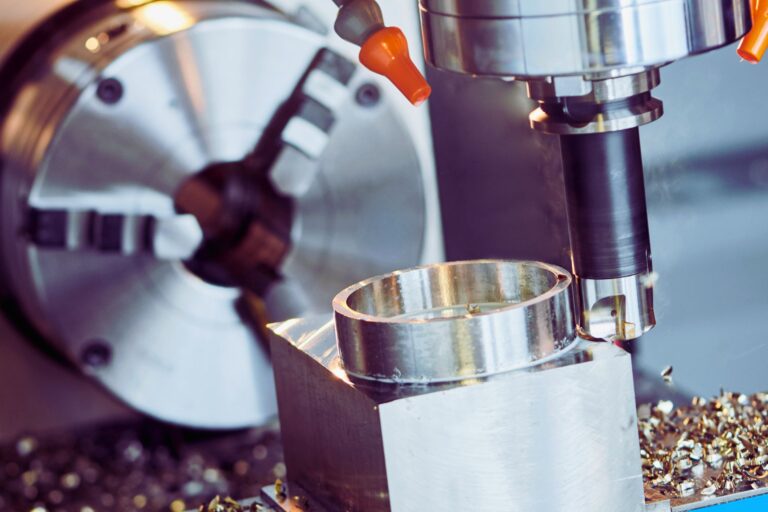The metal fabrication industry is undergoing a significant transformation, driven by rapid advancements in technology, shifting market demands, and an increased focus on sustainability. As these changes take root, the future of metal fabrication promises to bring more precision, efficiency, and environmental responsibility. Let’s explore some of the key trends that are poised to shape the future of the industry.
1. Additive Manufacturing (3D Printing)
Additive manufacturing, or 3D printing, is already making waves across many sectors, and its role in metal fabrication is growing rapidly. This technology allows manufacturers to create complex metal components by layering materials, drastically reducing waste. In contrast to traditional subtractive methods, which cut away excess material, 3D printing uses only what is necessary. This trend is particularly important as it enables manufacturers to create lightweight but strong parts, optimize material usage, and reduce production costs.
In the near future, we can expect 3D printing technologies to become more accessible for large-scale production. The development of new metal alloys specifically designed for 3D printing will further drive innovation, allowing for the production of high-performance parts used in industries like aerospace, automotive, and medical equipment.
2. Automation and Robotics
Automation and robotics have been revolutionizing manufacturing for decades, but in metal fabrication, their impact is now more profound than ever. Robots are increasingly being deployed for tasks such as welding, cutting, and assembly, providing higher precision, efficiency, and safety. These systems can work continuously without fatigue, reduce human error, and improve productivity, which is essential in a highly competitive industry.
Collaborative robots (cobots) are a growing trend. Unlike traditional robots, which are often isolated from human workers, cobots can work alongside employees, assisting with tasks and further improving productivity. This hybrid approach enhances safety, efficiency, and flexibility on the factory floor, allowing for quicker adaptations to production changes.
3. AI and Machine Learning for Predictive Maintenance
The integration of Artificial Intelligence (AI) and machine learning is revolutionizing the metal fabrication industry’s approach to maintenance and operations. Predictive maintenance systems use AI algorithms to monitor equipment performance in real time, detecting anomalies and predicting failures before they happen. This leads to reduced downtime, fewer costly repairs, and more efficient use of resources.
Moreover, machine learning can optimize production processes by analyzing data collected from various stages of fabrication. AI-powered systems can adjust machinery settings in real time, improving precision and reducing waste. This trend points toward a future where smart factories use data to self-optimize, resulting in leaner, more efficient operations.
4. Advanced Materials and Smart Metals
In the coming years, advanced materials such as high-strength alloys, composite materials, and smart metals are expected to play an increasingly important role in metal fabrication. These materials offer enhanced durability, corrosion resistance, and lightweight properties, making them ideal for use in high-performance applications such as aerospace, automotive, and renewable energy systems.
Smart metals, which can change shape or properties in response to external stimuli (such as temperature or magnetic fields), offer exciting potential in dynamic applications. These materials, also known as shape-memory alloys, are gaining interest in industries requiring adaptable components, including medical devices and robotics.
5. Sustainability and Green Manufacturing
As industries worldwide prioritize reducing their environmental impact, sustainability has become a key focus in metal fabrication. The future of the industry will see a significant shift toward green manufacturing practices, driven by the need to comply with stricter regulations and meet the expectations of environmentally conscious customers.
Key sustainability trends include the adoption of closed-loop recycling systems for metals, where scrap materials are fully recycled back into the production process, minimizing waste. Manufacturers are also exploring ways to reduce energy consumption by implementing renewable energy sources such as solar and wind power in their operations. Furthermore, sustainable manufacturing technologies, such as laser cutting and waterjet cutting, are being favored for their precision and energy efficiency.
6. Digital Twin Technology
Digital twins are digital replicas of physical assets, systems, or processes that can be used to simulate, analyze, and optimize real-world performance. In metal fabrication, digital twin technology can be employed to virtually test and refine designs before committing to physical production. This reduces material waste, shortens development times, and improves product quality.
By creating a digital twin of a fabrication process, companies can identify bottlenecks, test different production scenarios, and optimize workflows in a risk-free digital environment. This is particularly useful in complex manufacturing environments where precision is critical, and errors can be costly.
7. The Rise of Customization and On-Demand Fabrication
With the advancement of digital technologies and automation, on-demand manufacturing and mass customization are becoming more feasible in metal fabrication. Customers increasingly expect products tailored to their specific needs, and manufacturers are finding ways to accommodate this demand through flexible production processes.
3D printing and CNC machining make it possible to produce small batches of customized parts without the need for extensive retooling. This trend will continue to grow as manufacturers shift from large-scale production runs to more agile, customer-centric manufacturing models.
8. IoT-Enabled Smart Factories
The Internet of Things (IoT) is enabling the development of smart factories, where machinery, tools, and systems are interconnected and can communicate with one another in real time. In metal fabrication, IoT-enabled machines can track their own performance, detect when maintenance is needed, and even order replacement parts automatically. This connectivity leads to more efficient production lines, reduced downtime, and optimized resource management.
Additionally, smart factories allow for greater transparency across the supply chain, providing real-time data to managers, operators, and even customers. As this trend continues, manufacturers will have better visibility into their operations, leading to more informed decision-making and streamlined processes.
Conclusion
The future of metal fabrication is marked by incredible technological advancements that will transform how products are made, reducing waste, increasing precision, and enhancing efficiency. At SL Industries Ltd., we are closely following these trends and exploring ways to integrate the latest innovations into our operations. By staying ahead of the curve, we aim to deliver even higher-quality products while maintaining a strong commitment to sustainability and operational excellence.






